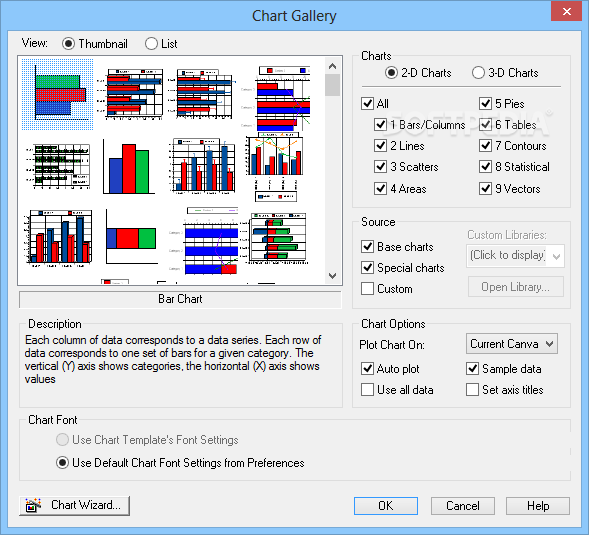

However, most of the existing work on the topic does not take into account the temporal dimension of such data, even though they may change over time: new interconnections, new internal characteristics of data (etc.). Graph data management systems are designed for managing highly interconnected data. This helps us attain better control for the size of our representation and reap further memory savings. Finally, our framework is the first effort we are aware of, that considers actual time instead of time steps. Moreover, our memory-efficient representation yields more than 70% faster graph compression and orders of magnitude quicker retrieval of graphs' elements, especially when it comes to large-scale networks. Our experimental evaluation demonstrates that our approach for compressing temporal graphs readily outperforms competing techniques, attaining compression ratios that are on average around 60% of the space required by state-of-the-art techniques. We empirically establish properties exhibited by community-networks regarding their time aspect(s) and harness these features in our proposed representation. In this paper we propose a framework for compressing emerging temporal graphs based on a dual-representation which articulates both network structure and corresponding temporal information. In reality however, networks change over time and, in many instances, we are interested in capturing and studying this evolution. Despite their success, such methods mostly focus on static graphs, and predominantly offer access to either a snapshot or an aggregated view of a network. Respective approaches offer succinct mappings for social, biological, and information networks while allowing for the efficient access of sought graph elements. Graph compression techniques have managed to reduce memory requirements and allow for representing such networks using a few bits-per-edge. This hinders the timely analysis of the formed networks due to existing physical memory limitations and significant I/O overheads. During the last decade, the volume growth of such systems has been unprecedented. Our experimental results demonstrate that the δ-Copy+Log presents an overall better performance as compared to traditional storage methods in terms of space usage and query evaluation time.Ĭontemporary data-systems empowering the daily human activity are routinely represented with graphs. This technique targets the mitigation of the apparent trade-off between the conflicting goals of the reduction of space usage and acceleration of query execution time. It differentiates from existing temporal graph management systems by adopting the δ-Copy+Log technique. Clock-G is designed by the developers of the Thing'in platform and is currently being deployed into production. In this paper, we discuss the design of a temporal graph management system Clock-G and introduce a new space-efficient storage technique δ-Copy+Log. However, existing commercial graph databases are not designed with native temporal support which limits their usability in such use cases. Analyzing the history of these connections paves the way to new promising applications such as object tracking, anomaly detection, and forecasting the future behavior of devices.

The graph of Thing'in is dynamic because IoT devices create temporary connections between each other. The platform manages a graph of millions of connected and non-connected objects using a commercial graph database.

Thing'in 1 is a platform, initiated by Orange 2. IoT applications can be naturally modeled as a graph where the edges represent the interactions between devices, sensors, and their environment.


 0 kommentar(er)
0 kommentar(er)
